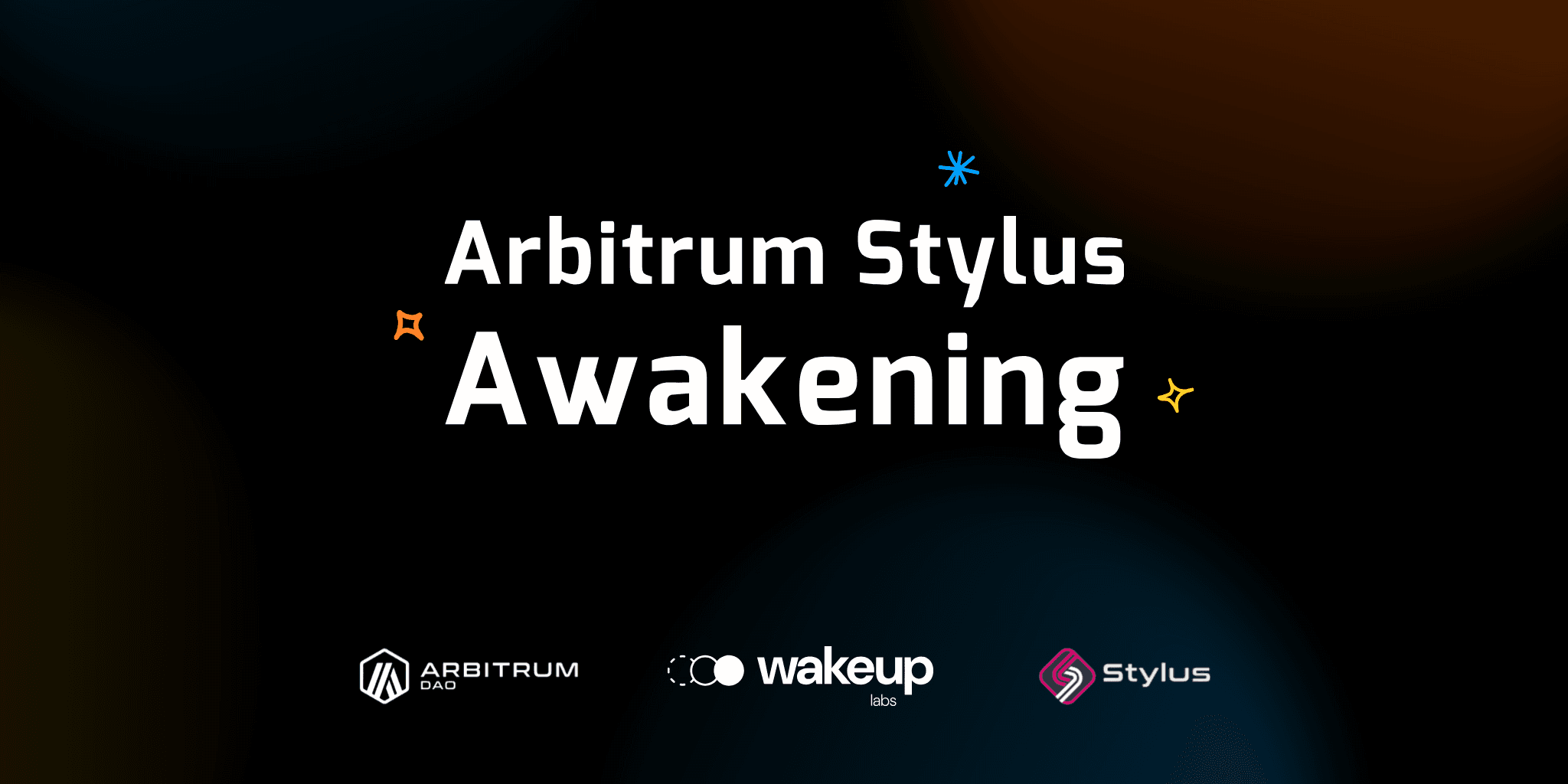May 1, 2022
NFTs, what is happening and what is expected
Price speculation for traceable pieces of art on the blockchain is just what we can see at first sight of the innovation that NFTs will bring. Here we will look at the current situation and future potential of the NFT Market.




